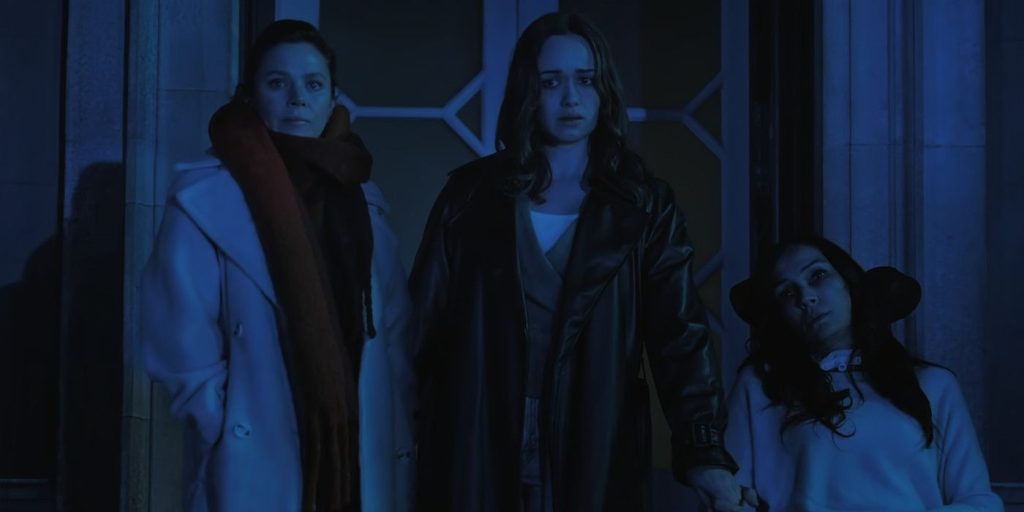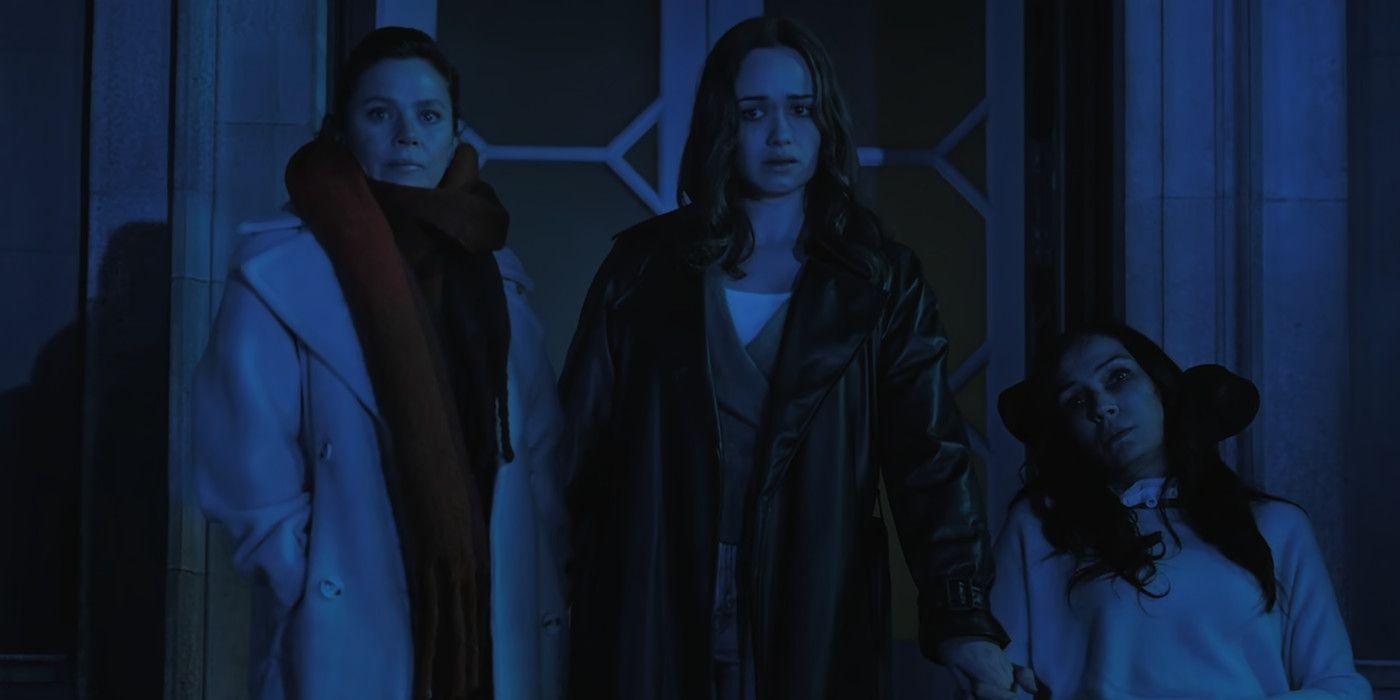
Anna Kendrick Contributes Her Total Earnings From ‘Woman of the Hour’ Movie to Aid Victims of Violent Crime

## Anna Kendrick’s Directorial Debut *Woman of the Hour* Showcases True-Crime with Compassion, Donates All Profits to Charity
Famed for her comedic performances in films like *Pitch Perfect* and *A Simple Favor*, Anna Kendrick has taken a bold step into darker cinematic realms. In her directorial debut, *Woman of the Hour*, Kendrick not only directs but also stars in this intense true-crime thriller. Based on the actual events involving serial killer Rodney Alcala, who is infamously known as “The Dating Game Killer,” the 2023 film signifies a pivotal moment in Kendrick’s career while also addressing critical issues related to crime and victim representation.
### The Story Behind *Woman of the Hour*
Set in 1978, *Woman of the Hour* follows Cheryl Bradshaw (played by Kendrick), an aspiring actress who participates as a contestant on *The Dating Game*, a popular television show of that era. Unbeknownst to her, one of the suave bachelors vying for her attention is Rodney Alcala, whose dark secrets soon come to light.
Bradshaw ultimately picks Alcala for her date, but as the narrative unfolds, Alcala’s disturbing past begins to come to the forefront. His knack for ingratiating himself into people’s lives enhances the unsettling atmosphere of *Woman of the Hour*, revealing the chilling fact that Alcala was committing heinous acts even while the show was being broadcast.
Though the film isn’t a literal biography, Kendrick and her team diligently focused on humanizing the narrative, emphasizing not only Alcala’s actions but also their repercussions on victims and their loved ones. This perspective transforms the film from a mere retelling of true crime into a profound inquiry into trauma and resilience.
### A Complex Path Toward Authorship
Even though *Woman of the Hour* has received widespread praise and engaged viewers, Kendrick admitted to experiencing discomfort during the film’s creation—particularly regarding the morality of gaining financially from narratives that involve real suffering.
In her conversation with Sirius XM, Kendrick shared, “Once I understood, ‘Oh, there’s going to be a financial exchange,’ I questioned myself, ‘Does this feel wrong to you?’ And it did.” The actress-turned-director pointed out that while storytelling—especially genuine, investigative tales—is vital for grasping societal challenges and crime, the notion of personally benefiting from a film about such delicate matters felt unsettling.
### Kendrick’s Commitment to Victims of Abuse
Staying true to her principles, Kendrick chose to contribute all her earnings from *Woman of the Hour* to organizations dedicated to supporting victims of violent crimes. She has directed her contributions to two prominent nonprofit groups—RAINN (Rape, Abuse & Incest National Network) and the National Center for Victims of Crime.
RAINN stands as the largest advocacy entity in the U.S. concentrating on sexual violence, providing both prevention initiatives and vital, confidential resources for survivors. On the other hand, the National Center for Victims of Crime offers a comprehensive array of services, including counseling and legal support for individuals affected by various forms of violent crime across the United States.
Although Kendrick has not disclosed the total sum of her donation, this considerate act has already motivated others within the entertainment sector and beyond. By donating her entire earnings from the film, Kendrick ensured that *Woman of the Hour* transcended conventional true-crime narratives, representing a more ethical and conscientious approach aimed at aiding the community deeply impacted by such stories.
### True Crime and Ethical Filmmaking
The rapidly growing true-crime genre has increasingly captivated popular culture, particularly on platforms like Netflix, where documentaries and films deeply explore distressing real-life cases. However, these narratives—while often engaging and enlightening—have also ignited discussions regarding the treatment of sensitive subjects, and significantly, their impact on victims and their families.
*Woman of the Hour* navigated this ethical challenge effectively, prioritizing the portrayal of its victims with compassion and sensitivity. The film refrains from sensationalizing disturbing details for entertainment, instead crafting a storyline that examines the broader cultural circumstances enabling figures like Alcala to function in society undetected for an extended period.
Kendrick’s emphasis on honoring the experiences of Alcala’s victims signifies a substantial evolution within the true-crime genre. Rather than glorifying the perpetrator, *Woman of the Hour* reinforces the idea that engaging with these narratives must come from a place of responsibility—nurturing empathy over profit.
### The Film is Now on Netflix
Since its release, *Woman of the Hour* has become available for streaming on Netflix, receiving both critical recognition and sparking dialogue across social media platforms, particularly regarding Kendrick’s intentional decision to forgo her earnings.